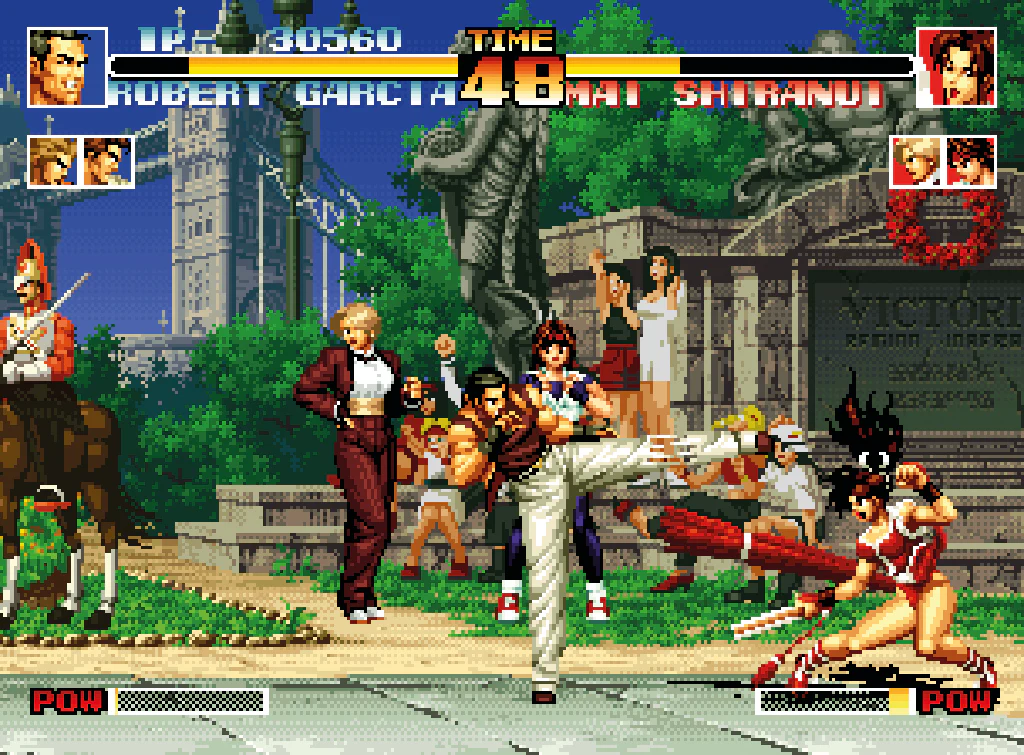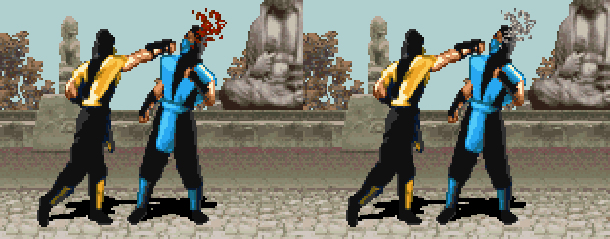Fighting games have been a staple of gaming culture for decades. From Tekken and Mortal Kombat, to Street Fighter, they’ve hooked players with fast action, unforgettable characters, and sick combos. But while a kick is still a kick no matter in which language you throw it, the surroundings, like menus or dialogues, often don’t. That’s where the localization of fighting games steps in. This process might seem like an afterthought, especially in fighting games, but it’s actually more important than you might think. In this blog, we’ll explore what makes fighting game localization unique, and why it matters, today more than ever.
Why Should You Localize Your Fighting Game?
You may ask, why does a fighting game need localization? After all, a punch is a punch, and there isn’t much talking going on during a fight usually. That’s a fair question. Compared to an RPG or a visual novel, fighting games don’t have long cutscenes or deep story arcs that play out moment to moment. But fighting games are full of characters with unique personalities, humor and flair, and that’s exactly where localization plays a crucial role. Let’s look at the main areas that matter when localizing a fighting game.
UI and Text (Obviously)
Let’s start with the most obvious. Fighting games often come with a wide range of text: menus, character bios, tutorials, move lists, skill descriptions, achievement notifications, and system messages. All of this needs to be localized so players can understand how the game works. Especially in a genre where every millisecond and every move counts, clarity is key. Tutorials, for instance, must be clear and easy to follow in every language, otherwise, it just defeats the whole purpose. Also, fighting games’ UIs usually have very limited space, so text expansion, for example, is a real issue, as some languages generally need more space. If your UI isn’t prepared, you might end up with awkward line breaks or overlapping buttons that break the immersion or even usability.

Characters’ Personality: More Than Just Brawlers
Fighting game characters usually have their own unique personalities and their own styles, voices, and backstories. Think about how different it feels to hear a calm, stoic warrior versus a loud, cocky trash-talker. That contrast and those personalities have to come through in every language. It’s a crucial aspect of fighting game localization, and translators have to preserve the essence of each character’s personality. That might mean translating slang, adapting jokes or choosing a certain style to maintain the vibe. Even their win quotes, taunts, or intros matter. These short lines say a lot about who they are, and they need to hit the right tone, whether it’s sarcastic, intimidating, or funny.
Violent Content and Censorship
Fighting games show violence, blood, and intense visuals. But each country has their own laws and regulations when it comes to these depictions. That’s where localization of fighting games crosses into compliance. Every country has different rules when it comes to age ratings and what kind of content is allowed. Some places might be fine with stylized violence, while others might ban your game if it shows too much blood or suggestive content. Game localization takes care of that, whether that means changing visuals, adjusting animations, or tweaking sound effects. While it’s not always ideal to cut content, keeping your game available in a market is better than getting banned or stuck in endless approval processes. Part of knowing how to localize a fighting game is understanding where to draw the line and how to adjust without ruining the experience.

Representation: Outfit Design and Stereotypes
Fighting games are known for their diverse rosters. You might have fighters from all around the world, each with their own background, outfit, and fighting style. But with that diversity comes responsibility. Localization can help prevent stereotypes from slipping through. Maybe a character was originally designed with exaggerated features or speaks in a way that might feel offensive to players from a certain culture. Localization teams need to spot these things and either flag them for redesign or find ways to soften their impact through language or presentation. The same goes for clothing and character design. What’s acceptable in one country might be seen as inappropriate in another. Characters showing too much skin or behaving in certain ways might need small changes to better fit local expectations.
Conclusion
Fighting games may seem simple on the surface: pick a character, throw punches, win. But the world around the fight is rich with meaning, style, and personality. That’s why the localization of fighting games is so important. It ensures players all over the world can enjoy the same great experience. So if you’re working on a new fighter and aiming for global impact, don’t overlook localization. Start thinking about it early, plan for multiple languages, build diverse and respectful character profiles, and work with professionals who understand how to localize a fighting game the right way.
If you are ready to punch your competitors (figuratively please), don’t hesitate. We’d love to be in your corner!